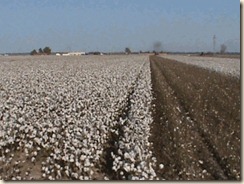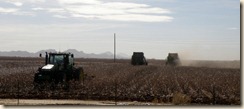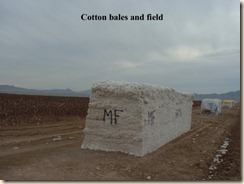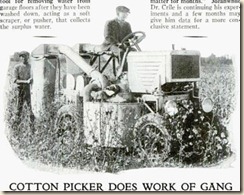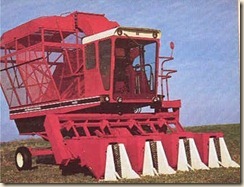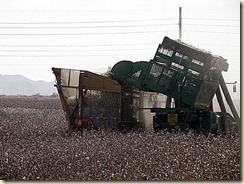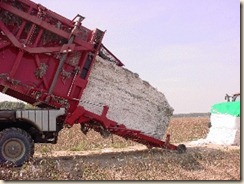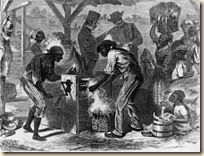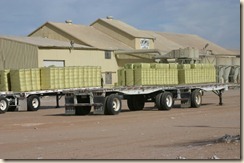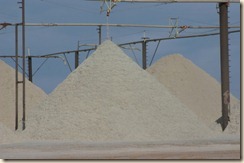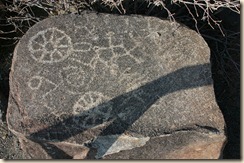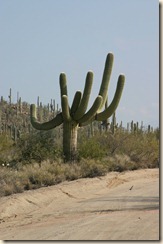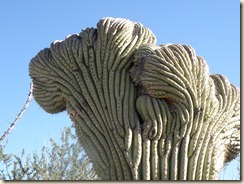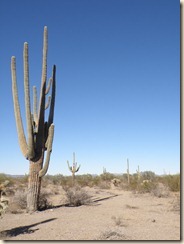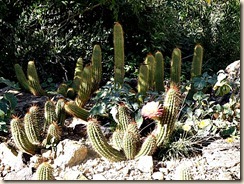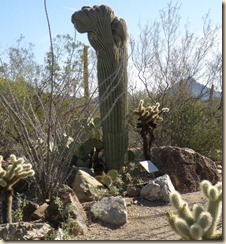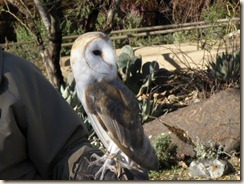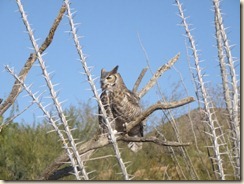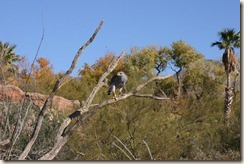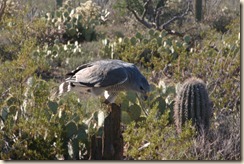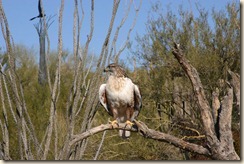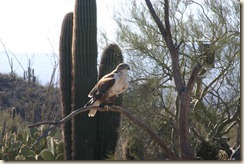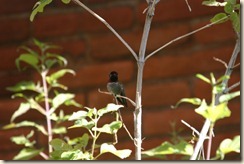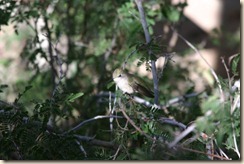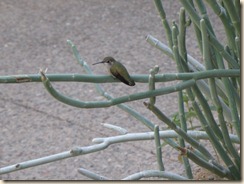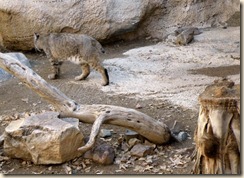Hard-copies of "Jacob's Tails. . .ALL GONE!!
(The last 4 copies were left at In-a-Pear-Tree in Casa Grande)
*****************************
The E-Book is available through
***
Barnes & Noble
***
Chapters/Indigo
*****************************
By the time we left Rovers Roost, Casa Grande, (January 12, 2012) we both felt the need to get back to the desert.
Rovers Roost is a great place to spend our mid-winter park time – we do enjoy the attitude; the activities; and the camaraderie. Our Escapees buddies, Diane and Andy introduced us to Shelly and Bill and Miles (an 8 month old Scotty) who became Escapees buddies very quickly. But – we miss the space and quiet.
I was able to initiate exercise sessions three times a week using the same Strength for Seniors series that they had at POS, Coarsegold (near Yosemite) and folks seemed to enjoy it. Katy took it over and I expect it will still be going on when we get back next year.
I’ve Always Loved Cotton!
While we were there, I again became intrigued with the cotton in the fields: how it grew and was harvested. Then there was the cotton gin down the road from the park - the whole yard was just packed with those huge cubes the size of railway cars.
For years we had seen those massive bales sitting out in the field and on a rare occasion, we saw a field with plants and straggles of cotton clinging to them. This year there were still crops sitting in the fields: some still maturing; some ready and waiting to be harvested; and we were even able to finally see the machinery harvesting the cotton.
They don’t pick by hand any more!
To this point my total exposure to harvesting cotton was from movies that showed folks in the field with sacks on their back bent over and picking cotton and singing.
The machinery is fascination.
First came the picker-
that could pick one row at a time. The invention of the mechanical picker, apparently revolutionized the South. They claim that “the picker played an indispensable role in the transition from the prewar South of over-population, sharecropping, and hand labor to the capital-intensive agriculture of the postwar South.”
Today, they pick up to six rows at a time.
and dump the cotton into the basket in one operation.
And then it goes into the compactor.
And it comes out here!
Those huge modules (as they call them) sit on the road beside the fields until they can be ginned – that is the cotton is cleaned separated into fibres and seed.
It used to be done painstakingly by hand
until Eli Whitney finally patented his Cotton Gin (short for cotton engine) in 1793.
Another stroke of Luck!
We went over to the Lummus Cotton Gin (just down the road from where we were staying) and I sat with a couple of gals there and they explained some of the ins and outs of the industry to me.
(This is a copy of the Diagram of a modern cotton gin plant, displaying numerous stages of production from Wikipedia)
There is considerably more cotton this year because of the higher prices. Over 600 modules of raw cotton sit in their yard. Usually they are finished processing the cotton by mid January. This year they guesstimate it will be March before it is all done. 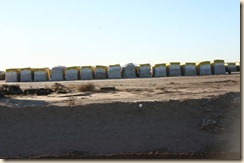
The ginning process cleans the raw cotton and separates the modules into cotton fibres for fabric (that is compressed into bales) and the pyramids of seed that sit in the yard. The gals at the Plant said that one module will produce about 15 bales.
And seed that is used in all sort of things like animal feed, fertilizer and cotton seed oil. The oil is then refined further for lotions and soaps.
There is talk about using the rest of the waste for biofuels.
They lose track of the bales after they are trucked to a cotton broker. The gals figure that most of the fibre goes overseas to be spun and woven into fabric.
So – that’s my Cotton Story!
http://en.wikipedia.org/wiki/Cotton_picker
http://eh.net/encyclopedia/article/holley.cottonpicker
http://casa_grande-az.yellowusa.com/Cotton_Gins.html
http://en.wikipedia.org/wiki/Cotton_gin#Modern_cotton_gins
http://inventors.about.com/od/cstartinventions/a/cotton_gin_2.htm

